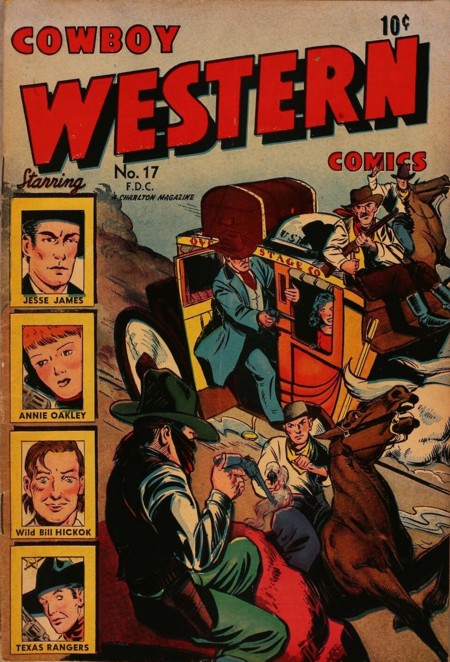March 31, 2019
Using a public domain comic book hero or superhero in a short story, novel, flash fiction, non-fiction, or even a poem can be the perfect way to impart a piece of comic book history. There are many different ways one of these long-forgotten comic superheroes can be used: as a literary device, an actual character in the story, or even as a subplot as a means of educating the reader about a personal interest in Golden Age comic book heroes or superheroes.
The history of comic book heroes and superheroes is fascinating in itself and there are a number of websites dedicated to the subject. Public Domain Superheroes contains a complete list of these superheroes along with brief origin stories, their creators, and when they first appeared in the history of comic book publications. Comic Book Plus provides the writer with scanned and digitized public domain comics for reading online. With the amount of information available, composing a description of the superhero's name and some detail as to what he or she looked like will add a creative and possibly vivid touch to the story being written.
For example, the writer may be working on a modern science fiction story about a robot that is symbiotic: whenever its body parts flew off, the robot retains the ability to control the missing body part, such as an arm or a hand. At this point the writer can mention Captain Marvel - not the Marvel Comics, and not the DC/Fawcett ones, but a third variation of this superhero name, published by MF Enterprises in 1966-67 and created by Carl Burgos, Roger Elwood, and Leon Francho. In this case, Captain Marvel as a name in itself is hardly unknown in popular culture, and the reader learns something interesting about the superhero.
Suppose the writer wants to include a whimsical sounding superhero name in a story - like Fatman the Human Flying Saucer. The reference in the story might also include the creator names: C. C. Beck and Otto Binder, who are the same two gentlemen who also created (surprise surprise) the first Captain Marvel Fawcett Publications back in December 1939.
Say the writer is composing a work of non-fiction on Annie Oakley to appeal to a younger demographic and desires to mention the fact that a handful of different comic book publications used her as the central character. A few of these comic books might be listed as follows: Six-Gun Heroes v1 #46-82, v2 #6-8 (Charlton) Cowboy Western Comics #17-65 (Charlton); and Annie Oakley and Tagg #4-18 (Dell).

These are of course just a few examples of how a writer can integrate a public domain hero or superhero into a story or article. The best way to do this is reading about these these forgotten individuals are - and that is the fun part.
Copyright 2014-2025 Monographs of Reality. No part of this website or its articles may be reproduced in any format.
